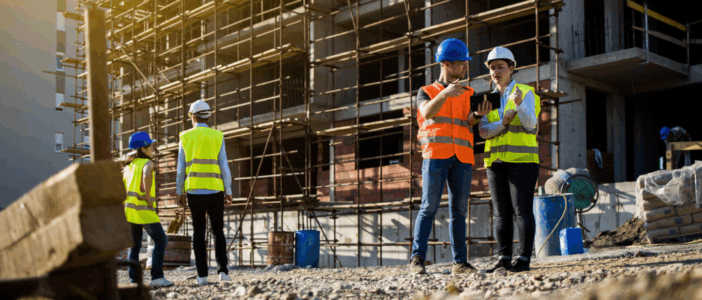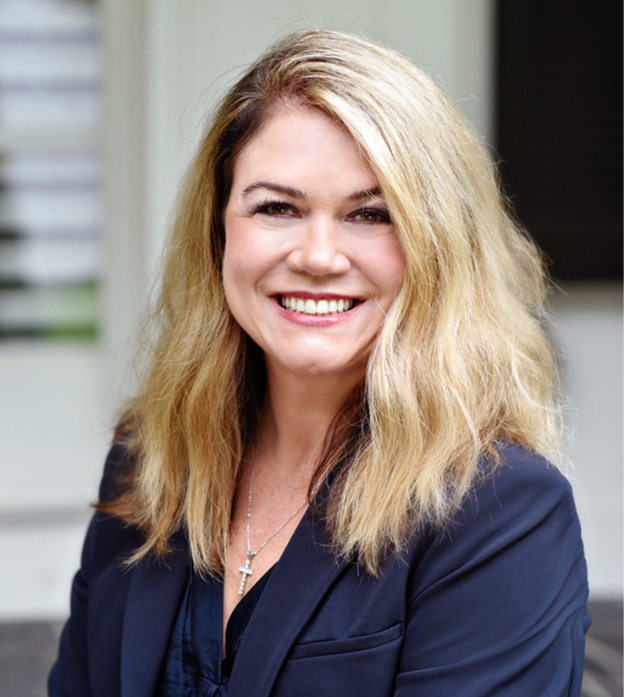
Recently, our Builders Risk Practice Group lead and Executive Vice President, Amie Meschi, joined a powerhouse panel from the industry including Stewart Ambler from Risk Solutions and John Neill from Arrowhead Intermediaries, as well as David Alvarez from Engle Martin and Travis Williams from JS Held, to host a Builders Risk Symposium in Atlanta, sponsored by Bridge Specialty Group. They tackled some of the most pressing issues in construction risk management. The conversation was candid, data-driven and very lively.
From water damage to soft costs and delay in opening coverage, the discussion illuminated critical gaps and actionable strategies for improving protection on construction projects.
1. Water Damage: The dominant loss driver
Water damage emerged as the most frequent and costly peril, accounting for 63% of all builders risk claims over the past several years. Losses typically occur when projects are 60 – 70% complete, often coinciding with the pressurization of plumbing systems.
Common triggers include:
• Pipe separation due to poor workmanship
• Flooding from rising groundwater or rain intrusion
• Sewer backups and building envelope breaches
Mitigation strategies discussed included:
• Installing AI-enabled water detection systems (e.g., WINT)
• Implementing robust water management plans
• Using automatic shut-off valves and pressure sensors
Despite the prevalence of water losses, adoption of these technologies remains limited, especially among developers planning to sell the asset post-construction.
2. Theft, vandalism and fire: Emerging and catastrophic risks
Panelists noted a resurgence in theft and vandalism, particularly of copper and electrical components, often tied to economic downturns. Fire losses, especially in podium-style wood frame buildings, were cited as the most severe, with claims reaching $50 – 80 million. These structures often lack fire breaks and active sprinklers during construction, creating a “chimney effect” that accelerates fire spread.
Recommendations included:
• Enforcing designated smoking areas to reduce ignition risks
• Activating sprinklers floor-by-floor during construction
• Enhancing hot work protocols and fire watch procedures
3. Coverage gaps and misunderstandings
Several coverage gaps and misunderstandings were highlighted:
• Soft costs (e.g., interest, taxes, legal fees) are often misunderstood and underinsured. These are only triggered by covered physical damage.
• Delay in Start-Up (DSU) coverage is frequently misinterpreted. Payouts are based on actual delay after scheduled completion, not immediately after the loss.
• Phase construction lacks standardized policy language, leading to missed coverage when buildings are completed early or in stages.
• Named insured vs. additional insureds: Soft costs and DSU benefits are typically reserved for the named insured, not the general contractor.
4. Improving predictive modeling and claims segmentation
Insurers are increasingly leveraging geospatial tools and claims data segmentation to improve underwriting. Differentiating between types of water damage (e.g., flood vs. pipe burst) helps refine risk profiles and pricing. However, predictive modeling remains reactive, with insurers often lagging emerging trends. Human error continues to be a major contributor to losses, underscoring the need for better training and site controls.
5. Escalation clauses and inflation protection
With rising material costs and supply chain disruptions, escalation clauses are critical. Yet, many policies only offer 5% margin clauses, which are insufficient for multi-year projects facing 20 – 30% cost increases.
Best practices include:
• Negotiating higher escalation limits
• Periodic cost updates during construction
• Ensuring lenders understand the implications of underinsurance
6. Business income and soft cost valuation challenges
Quantifying loss of income for new developments remains complex due to lack of historical data. Forensic accountants rely on:
• Pro-forma budgets
• Comparable market data
• Post-opening performance
Economic shifts (e.g., downturns in Las Vegas) can drastically alter expected revenue, making accurate forecasting and flexible coverage essential.
The unanimous advice from the panel emphasized insureds elevating a Builders Risk strategy. The symposium underscored the importance of proactive risk management, clear policy language, and collaboration between stakeholders. As builders risk continues to evolve, aligning coverage with real-world scenarios – from water detection to economic volatility – will be key to protecting assets and reputations. Whether you’re holding or flipping, the right coverage can make or break your financial outcome.
If you’re not talking about these issues with your broker, you should be. And if your broker isn’t bringing them up, Amie Meschi and her team are ready to assist: [email protected].

Amie Meschi, Executive Vice President


